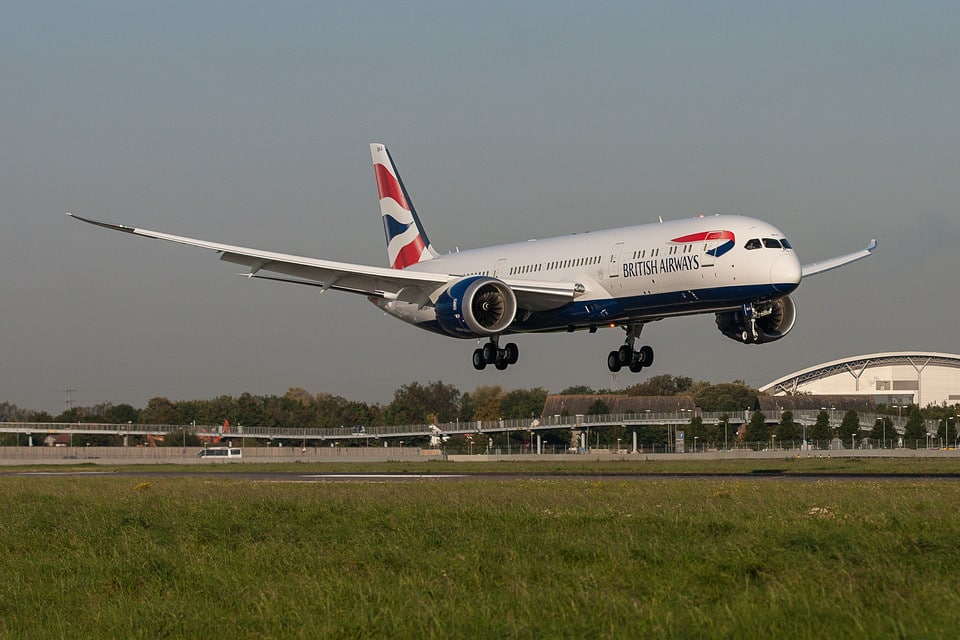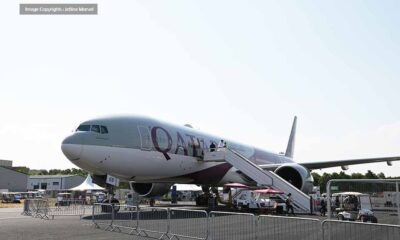Aviation
British airways extends joint business agreement with Qatar airways to include 14 more cities
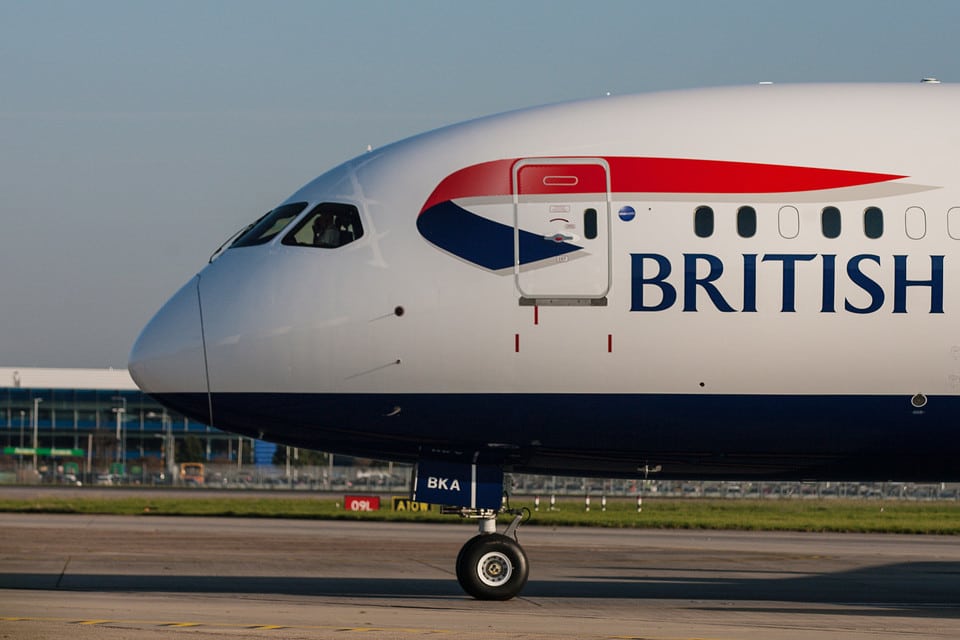
Whether you fancy a “surf in Perth” or a “thriller in Manila” – following an extended joint business agreement between British Airways and Qatar Airways, customers will be able to choose flights to these two cities plus 12 other exciting destinations.
Additional flights from London Heathrow via Doha to cities in Asia, Australasia and Africa will be placed on sale via British Airways’ website, www.ba.com, from March.
Flights to/from the following 14 cities will be added to the joint business agreement between British Airways and Qatar Airways: Adelaide, Auckland, Canberra, Goa, Hanoi, Jakarta, Manila, Maputo, Melbourne, Pattaya, Penang, Perth, Phuket and Sohar.
Lead in return fares from London Heathrow to Jakarta start from £511, return flights to Phuket start from £555 and return flights to Hanoi start from £552.
As part of the extended joint business agreement, from July 1, British Airways will also deploy its newest long-haul aircraft, a Boeing 787-9, on its Heathrow to Doha services.
The extended joint business helps to strengthen the oneworld alliance and enable it to compete more effectively on a wide range of routes to and from the Middle East.
The two airlines already codeshare on more than 48 routes around the world and are looking at other possibilities to extend the arrangements further.

Aviation
FAA investigation: Passenger seated in Captain’s seat inside cockpit at cruising altitude
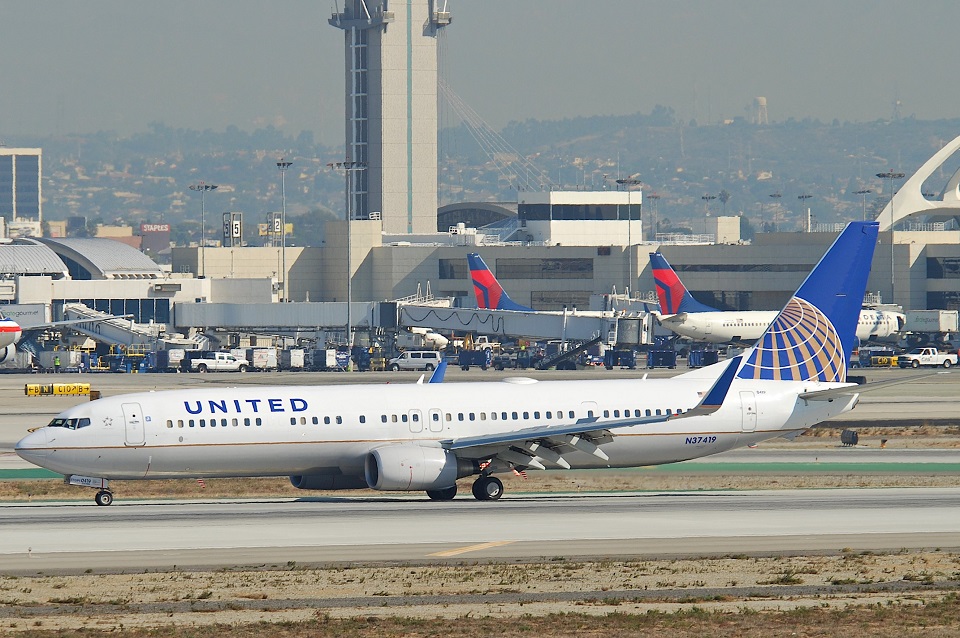
A viral video capturing a startling moment aboard a United Airlines charter flight from Denver to Toronto has triggered a federal investigation.
The footage, initially shared on social media by Hensley Meulens, the hitting coach for the Colorado Rockies baseball team, depicts a member of the coaching staff seated in one of the pilot seats while the aircraft was in mid-flight.
In his caption, Meulens expressed gratitude to the captain and first officer for allowing him this unusual experience. The video, filmed by another passenger, reveals the cockpit door open, and at one point, a third passenger briefly enters the flight deck. Alarmingly, during this time, the captain was absent from the cockpit.
Despite the flight being a private charter operated by United Airlines, company and Federal Aviation Administration (FAA) regulations strictly prohibit passengers from entering the cockpit during flight or leaving the flight deck unsecured.
United Airlines swiftly responded, expressing deep concern over the incident. A spokesperson emphasized that the video depicted an unauthorized person in the flight deck at cruising altitude with the autopilot engaged, constituting a clear violation of safety and operational policies.
The FAA confirmed that it is actively investigating the incident, highlighting that unauthorized access to the flight deck during flight is a violation of federal regulations. The agency assured that it is taking the matter seriously and will conduct a thorough examination to ensure compliance with aviation safety standards.
Aviation
Israel vs Iran Military Power Comparison: Which country is stronger?
Explore the comparative analysis of Israel and Iran’s military capabilities. Delve into the strengths and strategic considerations of each nation to assess potential outcomes in the event of conflict.

In this article, we’ll delve into the power dynamics between Iran and Israel. With Israel launching multiple attacks on various Middle Eastern regions, both countries have initiated defensive measures against each other.
We’ll explore the respective features of both nations, although it’s important to note that the accuracy of the report may not align precisely with information from public domain sources.
Global Military Index ranking
According to the Military Power Index, Iran holds the 14th position while Israel holds the 17th. This index provides a direct comparison of the armed forces of the two nations. It suggests that Iran surpasses Israel in terms of manpower, as well as in the number of tanks and armed vehicles.
In the ongoing conflict, the world is divided into two sides: Israel and Iran. Countries in the Asian region, such as Russia, the Middle East, and China, strongly support Iran, as they are its main military suppliers. On the other hand, Israel receives its main backing from the United States and European countries.
Iran and Isreal Distance
Both countries, separated by neighboring nations like Iraq and Jordan, face a considerable distance between them. For attacks across such distances, they heavily rely on potent weaponry, especially through air-to-ground assaults.
Both possess formidable defense aircraft and military tanks, which undoubtedly influence the war’s outcome.
Given that the distance between Jerusalem and Tehran is approximately 1,850 kilometers (1,149 miles), conducting attacks over such long distances requires aircraft with extensive flying ranges.
Israel may lack the inherent power to reach Iran directly, necessitating mid-air refueling or the use of long-range missiles to execute such operations.
Which military is stronger Israel or Iran?
In terms of Israel, it boasts advanced technology in the defense sector, with a strong focus on both business and innovation. It serves as a key supplier of guided rockets and various critical weapons to the defense market. Many domestically-built military tankers and advanced weaponry have proven their efficacy on the battlefield.
Israel stands out as a significant defense equipment supplier, particularly due to strong support from NATO countries like the US, Europe, and the UK. This backing provides access to the most advanced fighter jets and technologies, including 5th-generation fighters.

Conversely, Iran faces challenges in acquiring the latest weaponry, relying heavily on Russian and Chinese technology, along with seized equipment from Iraq and Afghanistan, predominantly sourced from the United States.
Iran’s domestic development of aircraft has been limited, and maintenance is hindered by parts shortages. Additionally, disruptions in supply chains, particularly due to the ongoing conflict between Ukraine and Russia, pose significant hurdles for Iran in acquiring military equipment.
However, Iran has made upgrades, particularly in ground-to-air attack munitions procured from Russia. These include long-range ballistic missiles capable of inflicting heavy damage on enemy territory.
How many fighter jets are in Israel & Iran?
When comparing air attack capabilities, Israel’s air force surpasses Iran’s in terms of aircraft quantity. According to the Global Firepower Index, Israel holds a clear advantage in air power. The Israeli army boasts a total of 612 fighter jets, whereas Iran possesses 551.
Israel operates a fleet of 75 Lockheed Martin F-35 Lightning II aircraft. Additionally, they possess 58 Boeing F-15 Eagle jets. Moreover, Israel has 25 Boeing F-15E Strike Eagle aircraft in its arsenal.
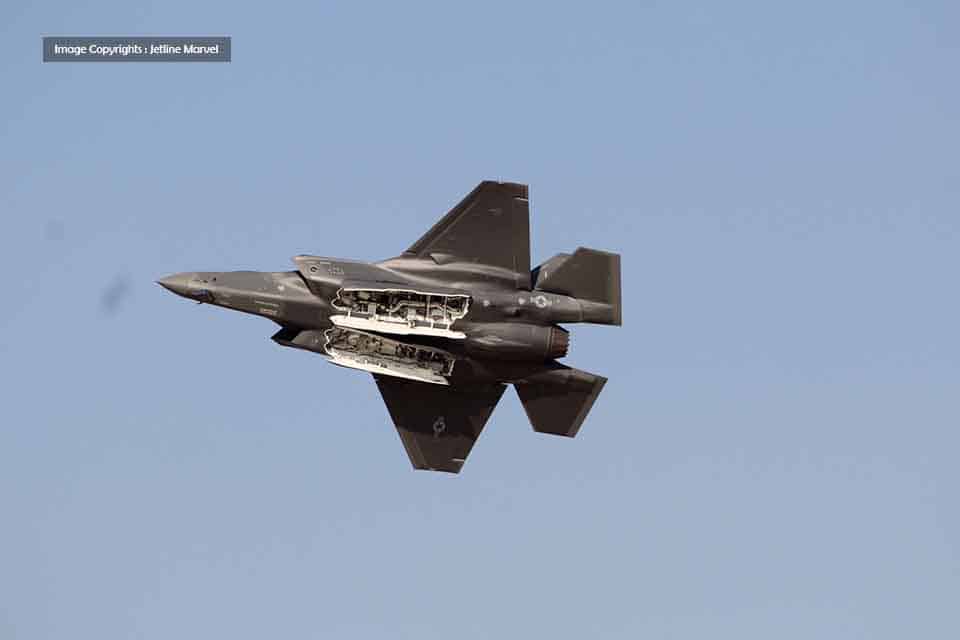
Furthermore, the Israeli Air Force boasts 343 General Dynamics F-16 Fighting Falcon jets. Lastly, they maintain a fleet of 30 Boeing AH-64 Apache helicopters.
Israel possesses numerous advanced fighter jets and military aircraft equipped with some of the most lethal weapons available.
Iran’s fighter aircraft inventory includes the Mikoyan MiG-29 acquired in 1991, 40 Grumman F-14 Tomcats, 20 Su-22s, 24 Chengdu J-7s, 23 Mirage F1s, and 60 McDonnell Douglas F-4 Phantom IIs, showcasing its commitment to diverse defense capabilities.
Iran’s inventory primarily consists of outdated aircraft, many of which are around 20 years old. However, according to the Iran Defense Ministry, all aircraft are reportedly in good condition and deemed capable of meeting the challenges of any conflict
Iran’s and Israel’s Military Capabilities and personnel
According to the latest report, Israel’s active personnel count stands at 169,500, with an additional 465,000 individuals in reserve. Israel implements a significant policy whereby most young citizens are mandated to join the defense forces for several years to acquire skill sets essential for serving as reserved forces, ready to mobilize whenever required for defensive or offensive operations.
In comparison to Israel, Iran boasts a larger ground forces personnel count. Iran’s military comprises approximately 610,000 active-duty personnel, supplemented by 350,000 reserve and trained individuals available for mobilization as necessary.
This substantial manpower brings Iran’s total military strength to roughly 960,000 personnel, excluding figures for the Law Enforcement Command or Basij.
Does Israel have an air defense system?
Israel has developed some of the most advanced air defense systems globally, a response to the consistent threat of attacks from neighboring nations. The Iron Dome, renowned for its effectiveness, stands out as a prime example.
This smart air defense system has successfully intercepted numerous unexpected attacks on Israeli soil, with its capability to destroy incoming missiles mid-flight. Operating on constant alert, the Iron Dome swiftly neutralizes threats whenever they arise within the country’s borders.
Furthermore, Israel has invested heavily in enhancing its defense radar systems, enabling early detection of enemy activities from considerable distances. Pioneering in drone technology, Israel boasts the Heron pilotless planes, capable of enduring flights lasting over 30 hours, facilitating operations even in remote locations.
Additionally, Israel’s Delilah loitering munition, with an approximate range of 250 km (155 miles), though limited for operations beyond the Gulf, can be strategically deployed closer to Iran’s border by the Israeli Air Force, bridging the distance gap effectively.
Iran has collaborated with Russia and China to develop several air defense systems, bolstering its capabilities. Among these systems are multiple medium-range defense systems, such as the Arman, Tactical Sayyad, and Khordad-15. These systems are designed to safeguard Iranian airspace from threats at distances of up to 200 km (124 miles) and varying altitudes.
One notable system, the Arman, was unveiled in November 2022. It is strategically mounted on military trucks, enabling swift deployment within minutes to address potential threats effectively.
Aircraft comparison
Osprey is faster than Chinook helicopter ?
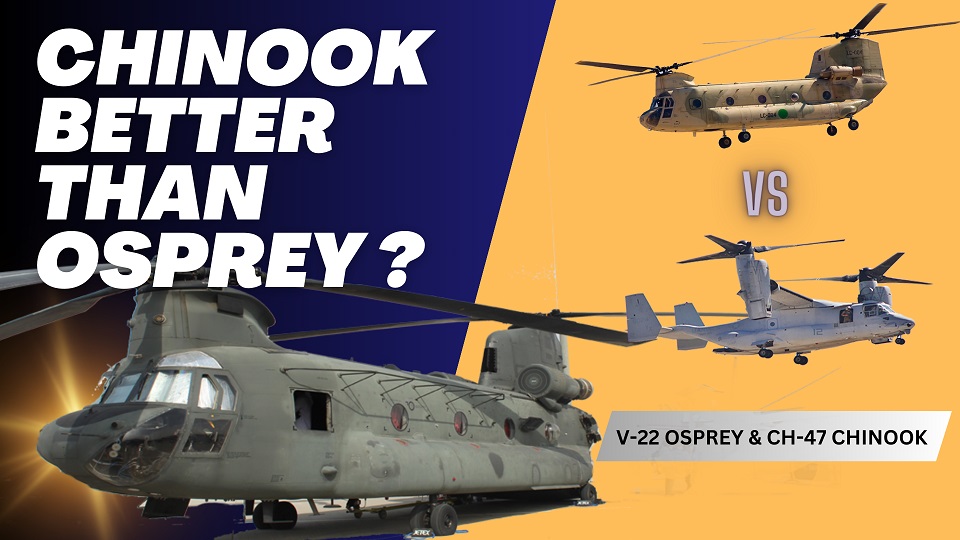
In this article, we’ll delve into two distinct military aircraft that have played essential roles in United Air Force defense. Both aircraft have unique characteristics in terms of usage and flying capabilities. One is capable of vertical takeoff and flies like an aircraft, while the other is a helicopter with two tandem rotors. Let’s explore each of these aircraft in detail.
The speed of helicopters can vary depending on several factors such as their design, engine power, payload, and mission requirements. Generally speaking, the Osprey (specifically referring to the V-22 Osprey) is faster than the Chinook helicopter.
The V-22 Osprey is a tiltrotor aircraft, meaning it can take off and land vertically like a helicopter but also tilt its rotors forward to fly like an airplane. This design allows the Osprey to achieve higher speeds compared to conventional helicopters. The cruising speed of the V-22 Osprey is around 241 knots (277 mph or 446 km/h).
On the other hand, the Chinook helicopter, such as the Boeing CH-47 Chinook, has a cruising speed typically around 170 knots (196 mph or 315 km/h). While the Chinook is a highly capable and versatile helicopter known for its heavy-lift capabilities and reliability, it generally operates at lower speeds compared to the Osprey.
The comparison between an Osprey and a Chinook helicopter involves contrasting two distinct aircraft with different designs, capabilities, and purposes:
MV-22 Osprey details:
The Osprey has garnered significant controversy since its inaugural flight, primarily stemming from issues associated with its tiltrotor design. These challenges have led to several incidents and crashes, resulting in the tragic loss of pilots and crew members and prompting multiple groundings of the aircraft.
However, efforts are underway to address these technical issues swiftly, with plans to rectify the problems and resume flights promptly. Despite these setbacks, the Osprey remains crucial in operational contexts, offering enhanced capabilities for transporting both cargo and crew members, underscoring its pivotal role in various missions.
Except for the United States and Japan, no other country has been granted authorization to utilize the Osprey aircraft. Its unique design and specialized nature, being built in the United States, likely necessitate governmental permission for export to other nations.
The Osprey stands out for its groundbreaking design and innovation, featuring the ability to transition from vertical to horizontal rotor positions while also generating thrust like a conventional aircraft.
- MV-22 Osprey:
- The MV-22 Osprey is a tiltrotor aircraft, meaning it can take off and land like a helicopter but fly like a fixed-wing aircraft once airborne.
- It’s primarily used for vertical takeoff and landing (VTOL), troop transport, cargo transport, and aerial refueling.
- The Osprey has a unique ability to combine the vertical lift capability of a helicopter with the speed and range of a turboprop aircraft.
- It can carry up to 24 troops or 20,000 pounds of internal cargo and has a top speed of around 315 miles per hour (507 km/h).
- The Osprey is utilized by the U.S. Marine Corps, U.S. Air Force Special Operations Command, and other military forces around the world.
Boeing CH-47 Chinook:
The Chinook helicopter stands as a testament to unparalleled engineering and innovation, making it one of the most distinctive aircraft ever constructed. Since its inception, no other nation has attempted to replicate its singular design, owing to the extraordinary precision and aerospace technology required for its construction. This helicopter, revered as an engineering marvel, has become a staple in major battlegrounds, renowned for its exceptional capacity to transport troops and cargo to any destination. Remarkably versatile, it operates seamlessly on both land and water surfaces, boasting an integrated floating system that enhances its capabilities even further.
Selected countries have been granted permission to utilize the Chinook helicopter, showcasing its global appeal and strategic importance. Furthermore, ongoing development efforts are underway to enhance the speed and carrying capacity of the next version of this iconic aircraft. Renowned for its exceptional safety record, the Chinook stands as one of the safest helicopters in operation today, with a remarkably low incidence of crashes. Its versatility is unmatched, making it an invaluable asset for operations in diverse terrains and environments.
- Boeing CH-47 Chinook:
- The Chinook is a tandem rotor helicopter, known for its distinctive twin-rotor design.
- It’s a heavy-lift helicopter primarily used for troop transportation, artillery emplacement, battlefield resupply, and various other missions.
- The Chinook has a rear loading ramp for cargo and troops, making it well-suited for quick loading and unloading.
- It can carry up to 55 troops or 24,000 pounds of cargo internally and has a top speed of around 170 miles per hour (274 km/h).
- The Chinook is widely used by the U.S. Army and various other military forces worldwide, including the UK, Canada, and others.
Comparison:
- Design: The Osprey is a tiltrotor aircraft, while the Chinook is a tandem-rotor helicopter.
- Speed and Range: The Osprey has a higher top speed and longer range compared to the Chinook due to its fixed-wing aircraft capabilities.
- Payload Capacity: The Chinook generally has a higher payload capacity for both troops and cargo compared to the Osprey.
- Versatility: While both aircraft are versatile in their own right, Osprey’s ability to take off and land vertically as well as fly at high speeds over long distances gives it a unique advantage in certain scenarios. However, the Chinook’s ability to carry larger payloads makes it better suited for heavy lift operations.
- Cost and Maintenance: Maintenance and operating costs may vary between the two aircraft, with tiltrotor technology typically being more complex than traditional helicopter designs.

